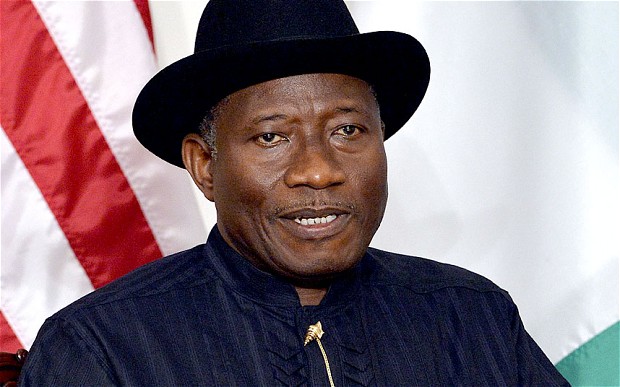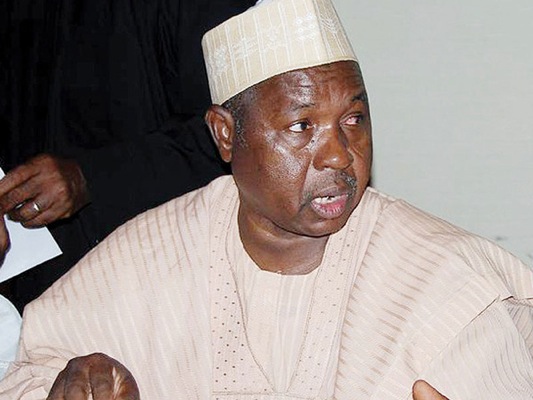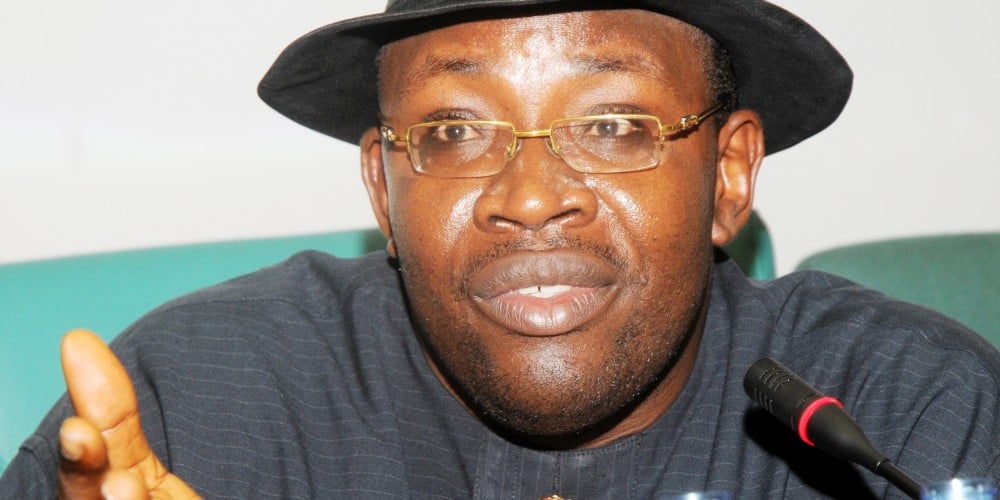Both the EURUSD and GBPUSD have commenced the trading week by falling to multi-year lows, with the divergence in monetary policy between the US Federal Reserve, Bank of England (BoE) and European Central Bank (ECB) becoming obvious to traders as 2015 begins to take shape.
The major catalyst behind the EURUSD falling as low as 1.1862 on Monday morning was driven by dovish comments to conclude the week from Mario Draghi, with the ECB President strongly hinting that the Central Bank is making preparations to alter the extent of its measures in early 2015. With the Federal Reserve looking increasingly likely to begin raising interest rates during the second half of the year and the ECB appearing far from finished from getting more tools out of the stimulus toolbox, the divergence in monetary sentiment between the two central banks is ever-widening and investors are pricing in a EURUSD decline as a result. This is mainly why the EURUSD has plummeted by 200 pips in just one trading day.
The GBPUSD losses have been even wider, with the Cable sinking by over 400 pips since trading opened on Friday. The UK economic sentiment took a blow when manufacturing activity unexpectedly declined to a three-month low in December. However, the sterling bears took advantage of a combination of different factors to drive the GBPUSD price to its lowest level since July 2013. For example, the BoE’s increasingly dovish outlook on inflation projections is pushing back pressure on UK interest rate rises, which is dampening investor attraction for the Sterling as a result. Not only is the BoE’s stance on interest rates becoming more neutral, but the election taking place this May has the potential to further prevent investors from purchasing the sterling.
Overall, the upside potential for both the EURUSD and GBPUSD appears limited at present. Can either pair attempt a small recovery after such sudden losses? Yes. However, it is important to point out that traders have entered 2015 by pricing in such bearish moves because it is likely to become a trend this year. The ECB introducing further stimulus would weaken the value of the Euro, while the prospect on UK inflation levels falling below an annualised 1% would encourage a bearish impact on the Sterling. This would further delay the BoE from raising rates and considering there is a major election taking place in 4 months, strong UK economic performances may not be enough to allow the bulls to charge forward.
Advertisement
In order for the upside potential for both the EURUSD and GBPUSD to increase, USD demand would need to weaken. The problem the bulls will find here though is that the Federal Reserve appear far more likely than not to begin raising interest rates, which encourages a stronger USD and underpins a bearish view on currency pairs like the EURUSD and GBPUSD. Confirmation of US GDP expanding at an annualised 5% just before the Christmas break further strengthened US interest rate expectations, meaning there is even less chance of demand for the USD sliding away.
Although there was some optimism the oil markets might have found a floor when the selling paused just before Christmas, it was previously mentioned that the pause in selling could have just been a consolidation before the next leg lower and this has been the case. The oil markets have already entered the week by declining to new lows, with Crude falling to $51.41 and Brent to $55.23. Doubts remain over the global economy, with an increasing anxiety that there will be reduced demand for oil extending fears over an oversupply in the markets. Prices could also be falling due to the suspicions that 2015 might provide further uncertainty for the oil industry. PWC recently estimated that next year will see a set of mergers and takeovers as a result of the free-falling oil prices. This would provide the industry with an uncertain future, likely spooking investors into pricing in further declines for the commodity.
*Ahmad is chief market analyst at FXTM.
Advertisement
For more information please visit: Forex Circles
Add a comment






